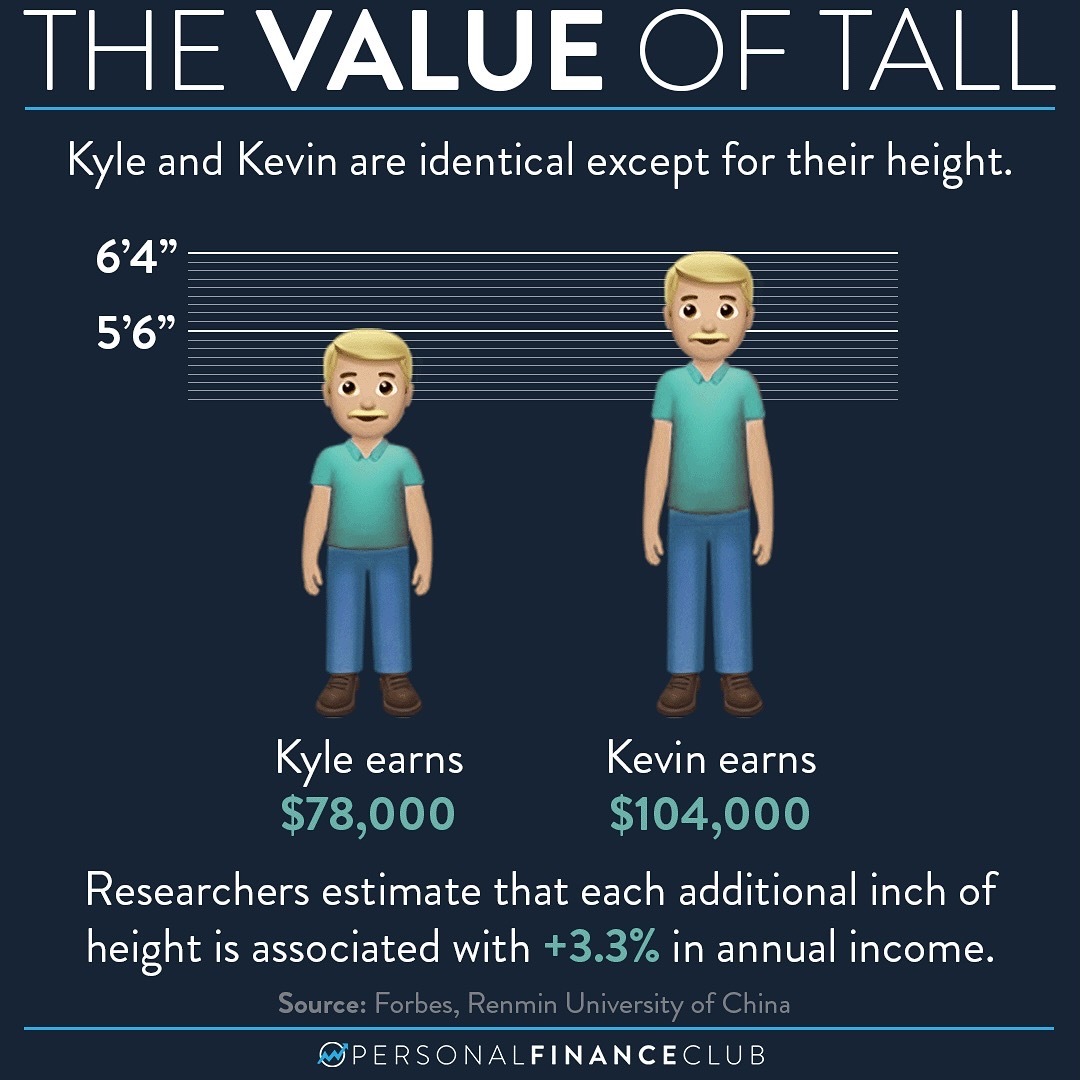this post was submitted on 26 Feb 2024
91 points (100.0% liked)
chapotraphouse
13530 readers
166 users here now
Banned? DM Wmill to appeal.
No anti-nautilism posts. See: Eco-fascism Primer
Gossip posts go in c/gossip. Don't post low-hanging fruit here after it gets removed from c/gossip
founded 3 years ago
MODERATORS
you are viewing a single comment's thread
view the rest of the comments
view the rest of the comments

Huh? This is saying that a height-pay-gap exists in the absence of other variables (like a possible gender gap), not that there is no gender gap.
What does it mean that the other factors are held equal? If difference is negated doesn't that skew the results? I guess I don't understand the study
You want to study the effect of a certain trait on a group. So you take two groups and try to make them as even as possible, aside from the trait you are testing. Ideally you'd match every guy in your sample with someone who is mostly identical in upbringing, location, etc, but taller. That's how you make sure it's actually height causing the effect and not something else. If you don't account for this, you might end up with a bunch of bourgeois short kings getting compared to 6 foot tall poor people, and might even come the conclusion that height has a negative correlation with wealth.
It's not saying "height matters, not those other things." But rather "height is one of those things that effect socioeconomic status, statistically."
I don't get how making sexual difference equal does anything other than make sexual difference disappear. When half the population is shorter because of sexual difference, and also paid less due to structural discrimination on the basis of gender/sex, making those differences equal makes the actual causes disappear. I just don't get it. I have no background in labs or experimentation so sorry if I'm being dense.
Marx flattens some differences in order to illustrate class distinctions and disappear certain confusing elements before working them in later, but he explains why and how, and what effect this will have.
But how would you do this with sex, when the thing you are measuring, height and pay, are both directly related, either physiologically or socially? I couldn't find the link to the study or more info, and the fact this is in Forbes makes my register a beep
register a beep
The purpose is to measure the effect of a single variable, so you make sure to correct for all other variables. For example, to measure the effect of height you might compare white men only against white men, black women only against black women, etc.
In a study measuring the gender pay gap, they would be correcting for variables other than gender.
Is that what "this estimation assumes other factors associated with earning potential — for instance, gender, age, years of schooling, and location — are held equal," means? Cuz that's not what it sounds like. Assuming things are equal isn't this statistical matching thing you are talking about
Edit: I found the study so I'm trying to figure out how these other factors are controlled for.
Yes, that's what it means - if all other factors they list are equal, meaning if the only difference is height.
Yes. And usually these factors are controlled for when picking your study's sample.
https://www.statisticshowto.com/matched-samples/
"All factors held equal" doesn't mean the different factors are equal in effect, just that the sample is chosen such that the other factors are identical across the two groups.